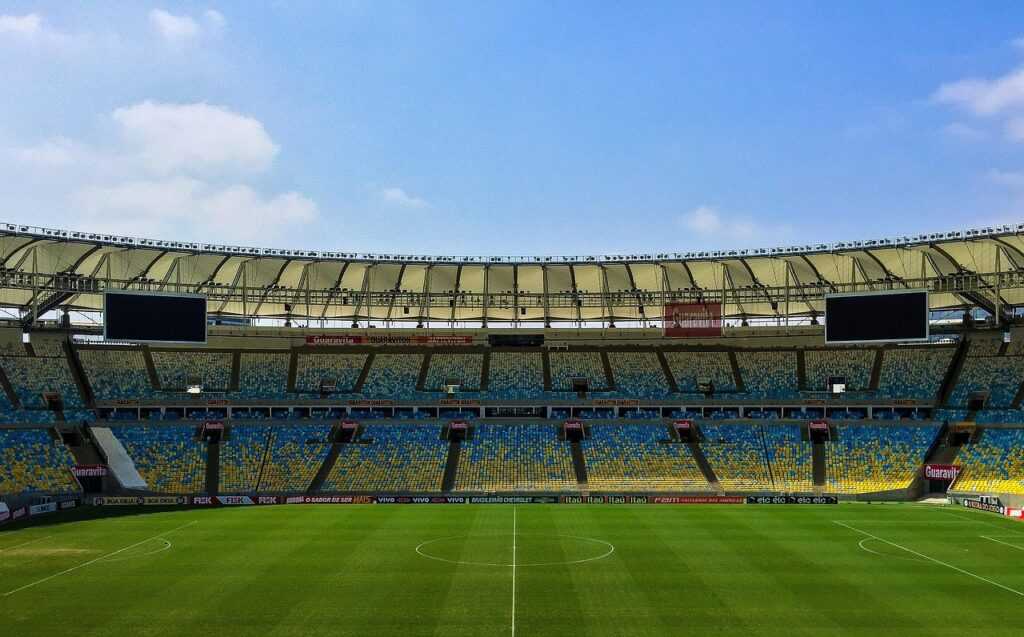Historical Background of International Players in MLB
International players have been integral to Major League Baseball’s evolution. These athletes have paved the way for a more diverse and competitive league.
Early Pioneers
In the early 20th century, a handful of international players entered the MLB. Esteban Bellán, a Cuban, was one of the first. He joined the Troy Haymakers in 1871. Japanese pitcher Masanori Murakami became the first Japanese player in MLB, debuting with the San Francisco Giants in 1964. These trailblazers faced numerous challenges, from cultural differences to language barriers, but their determination set the stage for future generations.
Growth Over the Decades
Since the 1980s, the number of international players in MLB has surged. Notable examples include Dominican slugger Sammy Sosa and Japanese pitcher Hideo Nomo. By the early 2000s, international players accounted for 28-30% of all MLB rosters. The MLB now actively scouts talent worldwide, with academies in countries like the Dominican Republic and Venezuela. This international influx has not only enhanced the skill level in the league but also broadened its fan base globally.
Notable International Players
In Major League Baseball, international players have significantly influenced the game’s development. Their unique talents and skills have created a more dynamic and exciting sport.
Latin American Stars
Latin American players have consistently impressed with their prowess on the field. Dominican Republic native Albert Pujols ranks among the best hitters in MLB history, with over 600 home runs. Venezuelan Miguel Cabrera, a two-time MVP, is another standout, posting a Triple Crown in 2012. Puerto Rican catcher Yadier Molina is renowned for his defensive abilities, winning nine Gold Gloves. These athletes epitomize the high level of talent emerging from Latin America.
Asian Sensations
Asian players have also left an indelible mark on MLB. Japanese pitcher Shohei Ohtani amazes fans with his dual role as a hitter and pitcher, earning comparisons to legends like Babe Ruth. South Korean outfielder Shin-Soo Choo has displayed consistency, with over 200 career home runs. Another exceptional talent is Yu Darvish, a Japanese pitcher known for his diverse arsenal of pitches. They’re known for their dedication and technique, drawing significant attention from international audiences.
European Contributors
Though fewer in number, European players have made meaningful contributions. Dutch shortstop Xander Bogaerts has excelled with multiple Silver Slugger awards and strong defensive performances. Italian-American Jason Grilli had a notable career as a relief pitcher, earning All-Star recognition in 2013. The growing presence of Europeans is expanding MLB’s reach and showing the sport’s increasing global appeal.
Impact on the Game

International players have profoundly impacted Major League Baseball, transcending pure statistics and influencing various aspects of the sport.
Influence on Playing Style
International talent introduced new playing styles that diversified MLB’s gameplay. Baseball players from Japan, such as Masahiro Tanaka, brought strategic pitching techniques. Dominican sluggers like Vladimir Guerrero Jr. emphasized power hitting and aggressive offense. These diverse approaches challenged conventional strategies and pushed American players to broaden their skills. The mix of aggressive techniques and finesse has led to more dynamic games, making the league more exciting and unpredictable.
Cultural Contributions
The cultural infusion from international players enriched MLB’s clubhouse environment. Latin American players celebrated their heritage with lively music and vibrant decor in the locker rooms. These cultural elements fostered camaraderie and a more inclusive atmosphere. Additionally, international stars participated in community outreach programs, promoting baseball in their home countries. Events like Japan’s annual All-Star Series strengthened cultural ties, showcasing the global respect and admiration baseball players command.
Economic Impact
International athletes significantly boosted MLB’s financial landscape. Star players like Ichiro Suzuki and Manny Ramírez drew large fan followings, driving up ticket sales and merchandise revenue. International viewership expanded as fans from Asia, Latin America, and Europe tuned in to watch their local heroes, increasing TV ratings. These global audiences attracted more sponsorship deals and improved advertising revenue for the league. MLB’s focus on scouting and signing international talent continues to be a lucrative strategy, essential for its economic growth.
Challenges and Adaptations
International players in Major League Baseball face numerous challenges and must adapt quickly to succeed in a new environment.
Language Barriers
Communication remains a significant hurdle. Players often arrive with limited English proficiency, complicating interactions with:
- teammates
- coaches
- media
Translators help bridge this gap, yet the nuances of baseball jargon can still cause misunderstandings. For example, Japanese players might struggle with idiomatic expressions unique to American baseball culture.
Cultural Adjustments
Adapting to a new country involves more than just learning a language. International players encounter different social norms, living conditions, and culinary habits. For instance, Latin American players might find American cuisine drastically different from their traditional diets. Integrating involves embracing these differences while maintaining a connection to their cultural roots, which can be emotionally taxing.
Training and Development Differences
- Training regimens can vary significantly across countries.
- Players from Japan may be used to rigorous, year-round training schedules, contrasting with MLB’s seasonal approach.
- Scouting and development systems differ, as seen with Caribbean countries focusing on early talent identification, unlike the structured systems in the US. A
- Adapting to these new protocols requires flexibility and resilience, ensuring players remain competitive and effective.
- International players’ journey isn’t just about achieving on-field success; it’s about overcoming these varied challenges and making impactful contributions to Major League Baseball.
Future Prospects
Several international players are set to impact Major League Baseball significantly in the coming years.
Emerging Talent from New Regions
Countries not traditionally known for baseball are producing elite players. For example, Italy’s Alex Liddi and Germany’s Max Kepler have made MLB debuts, showcasing Europe’s growing baseball talent. Africa, historically underrepresented in baseball, is now in focus. Gift Ngoepe from South Africa became MLB’s first African-born player in 2017, setting a precedent for future African athletes. Additionally, Brazil’s Yan Gomes and Venezuela’s Ronald Acuña Jr. highlight South America’s expanding influence beyond traditional powerhouses like Cuba and the Dominican Republic.
MLB’s Global Outreach Efforts
MLB invests in global outreach to identify and develop international talent. They established academies in countries like the Dominican Republic and China, offering young athletes training and education. MLB hosts global events such as the World Baseball Classic to scout and promote international players. Additionally, programs like MLB’s Play Ball aim to engage communities worldwide, fostering interest and participation in baseball from a young age. These strategies increase the talent pool and enhance baseball’s global appeal, ensuring a diverse and competitive league.



